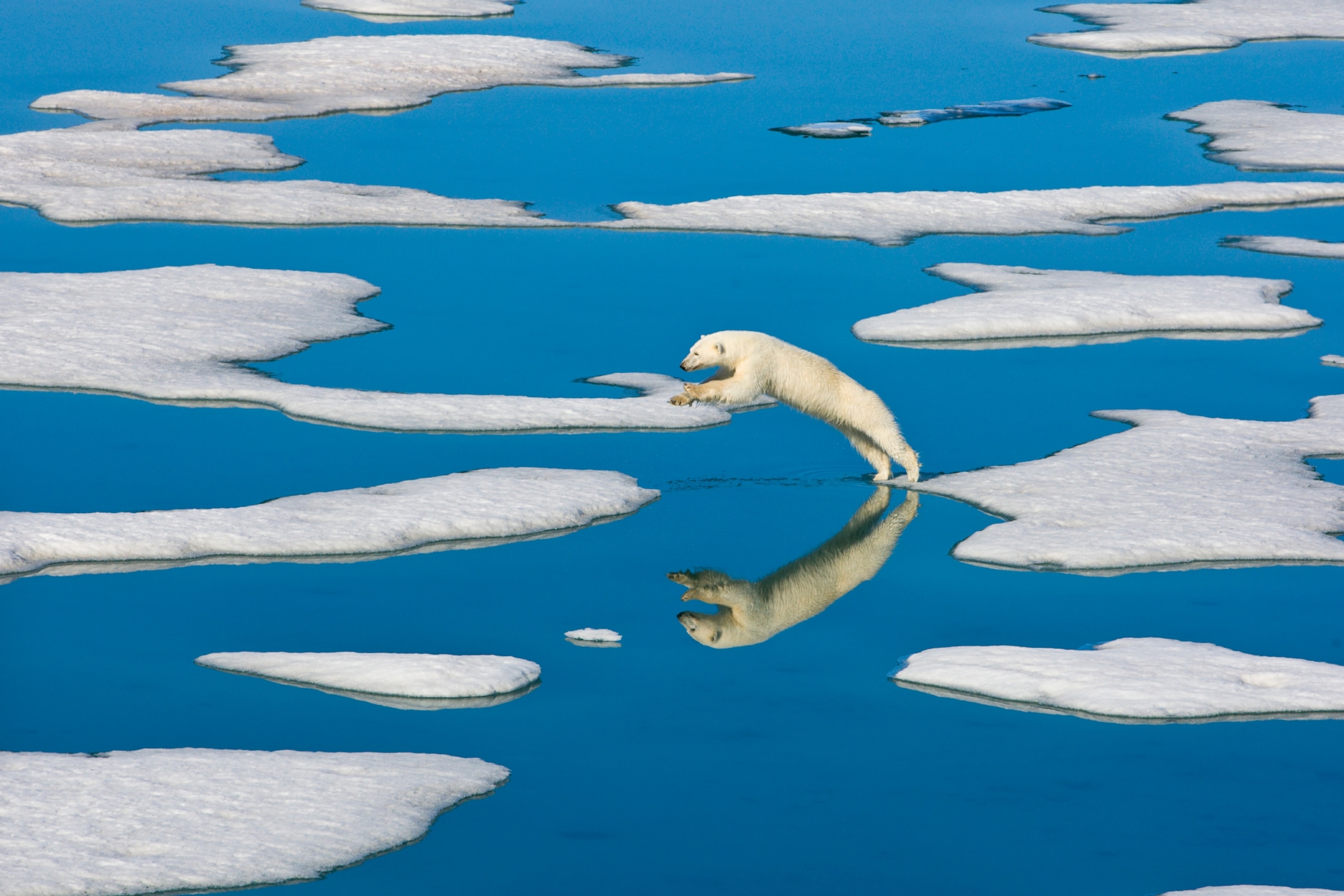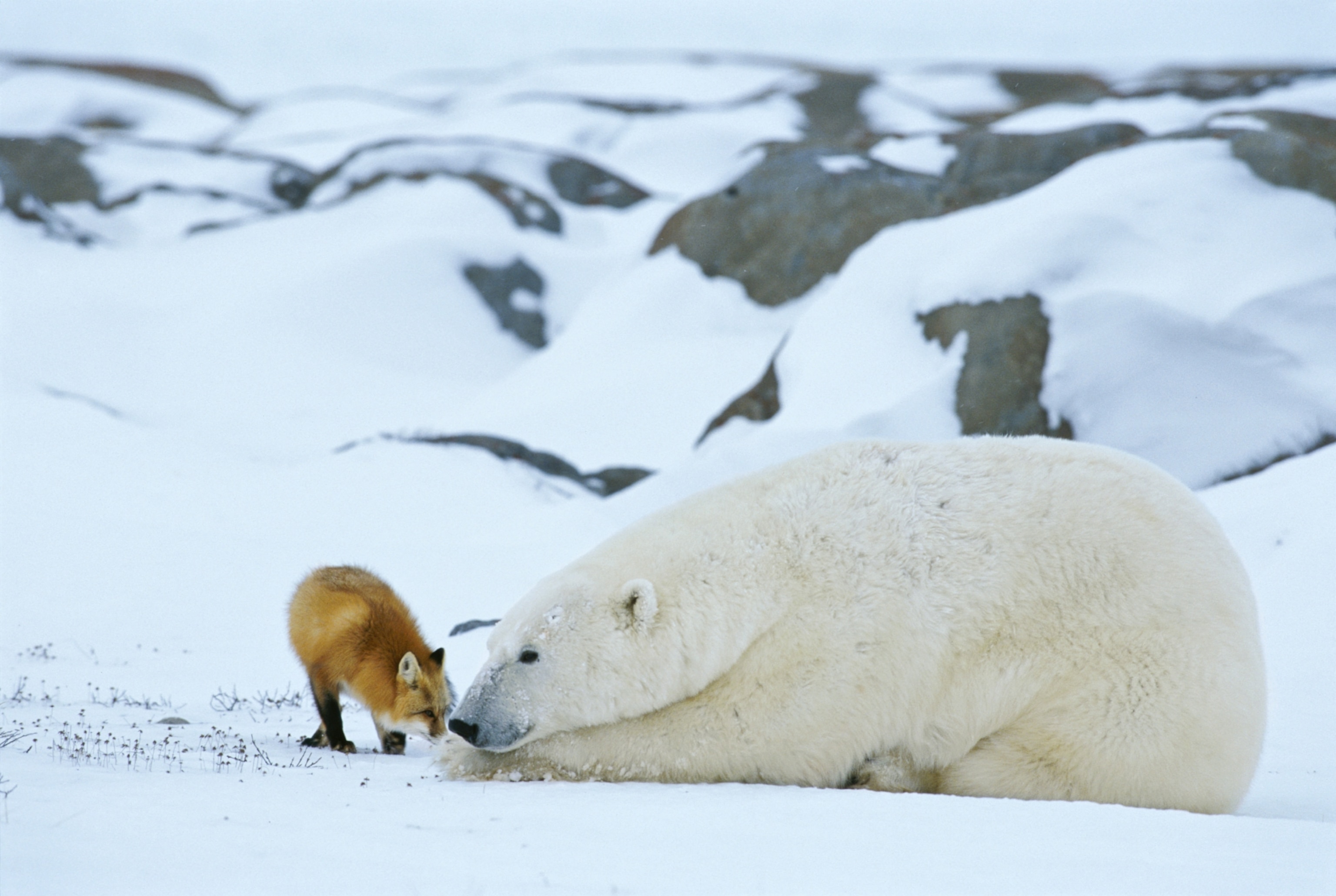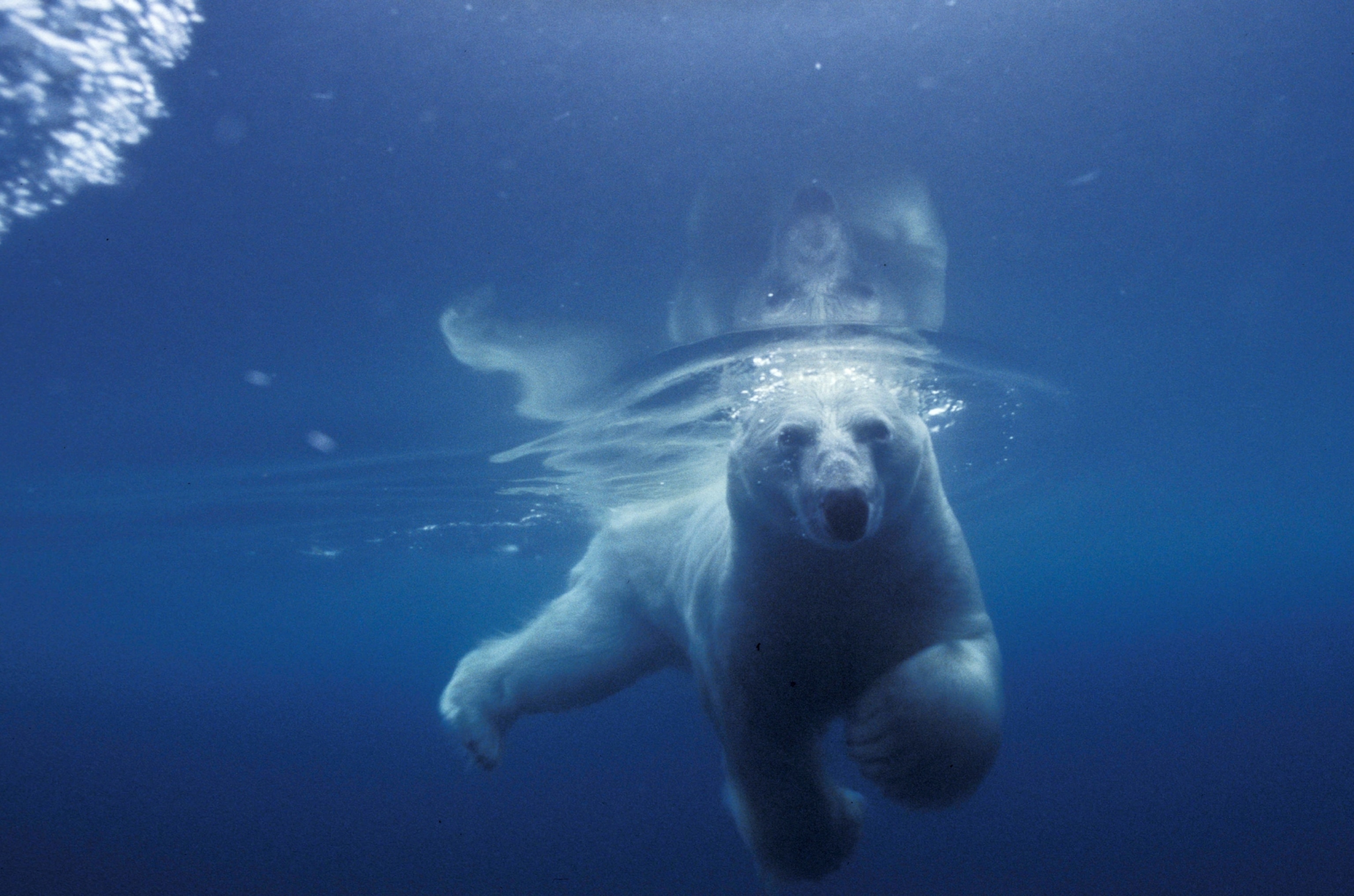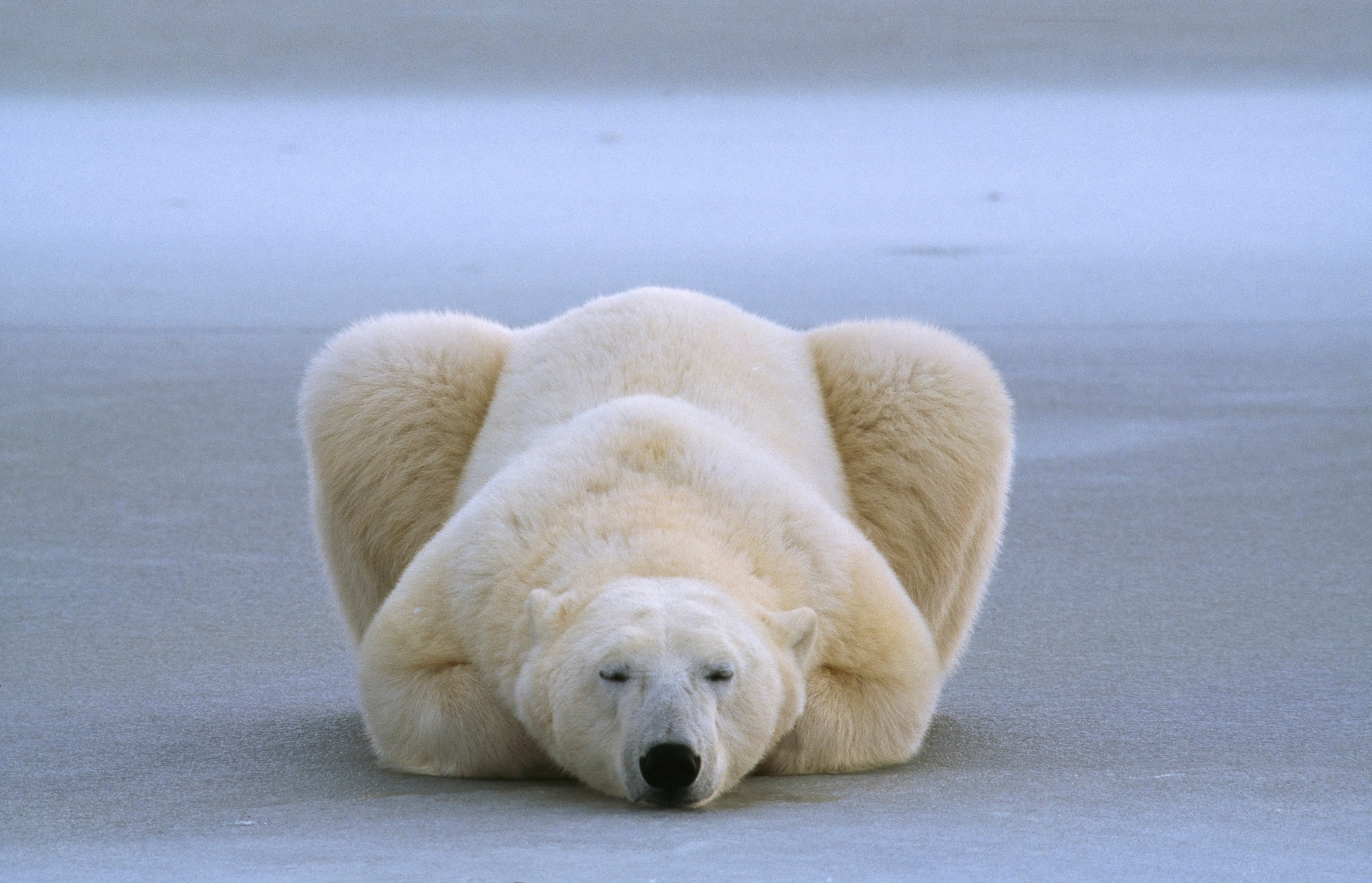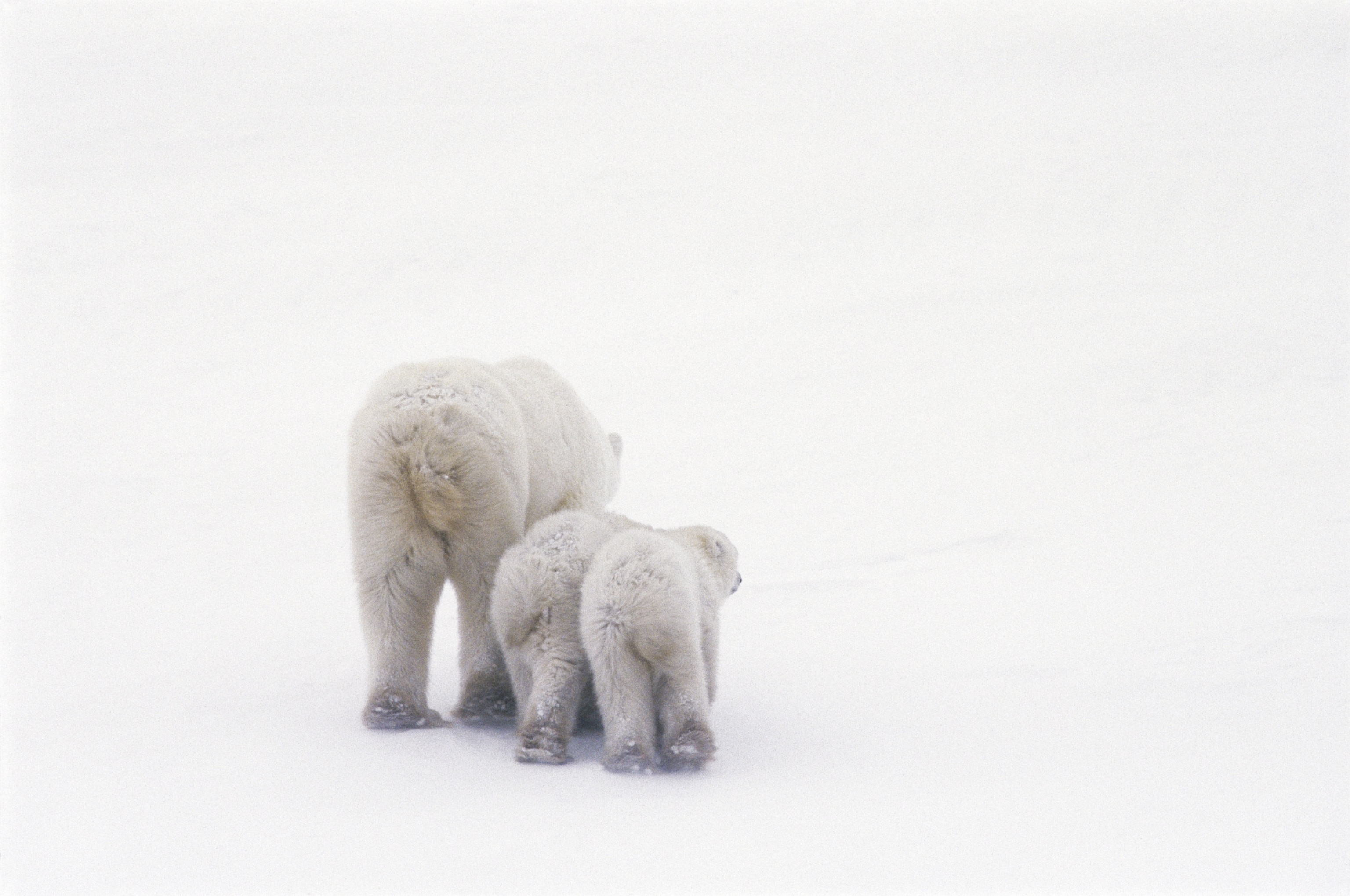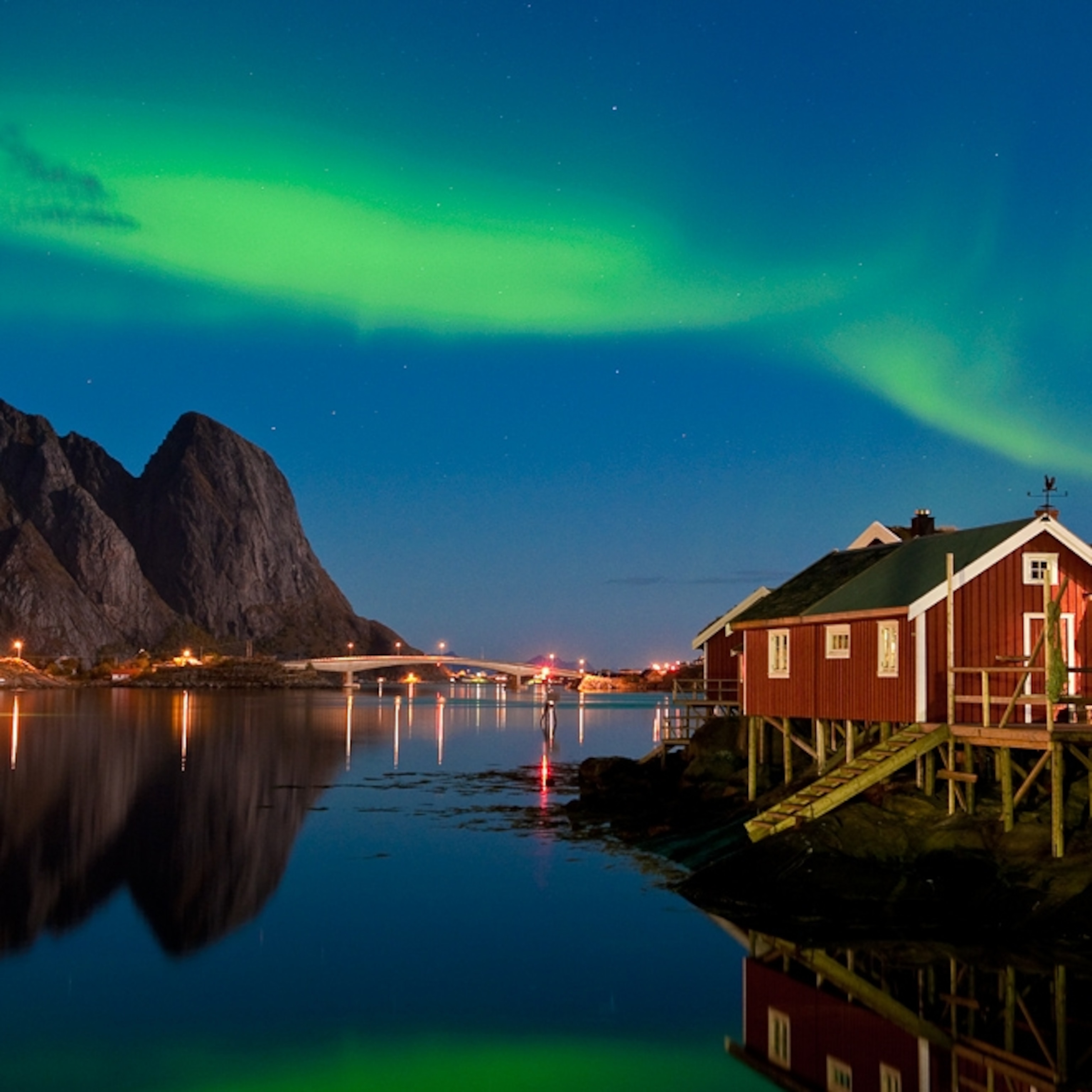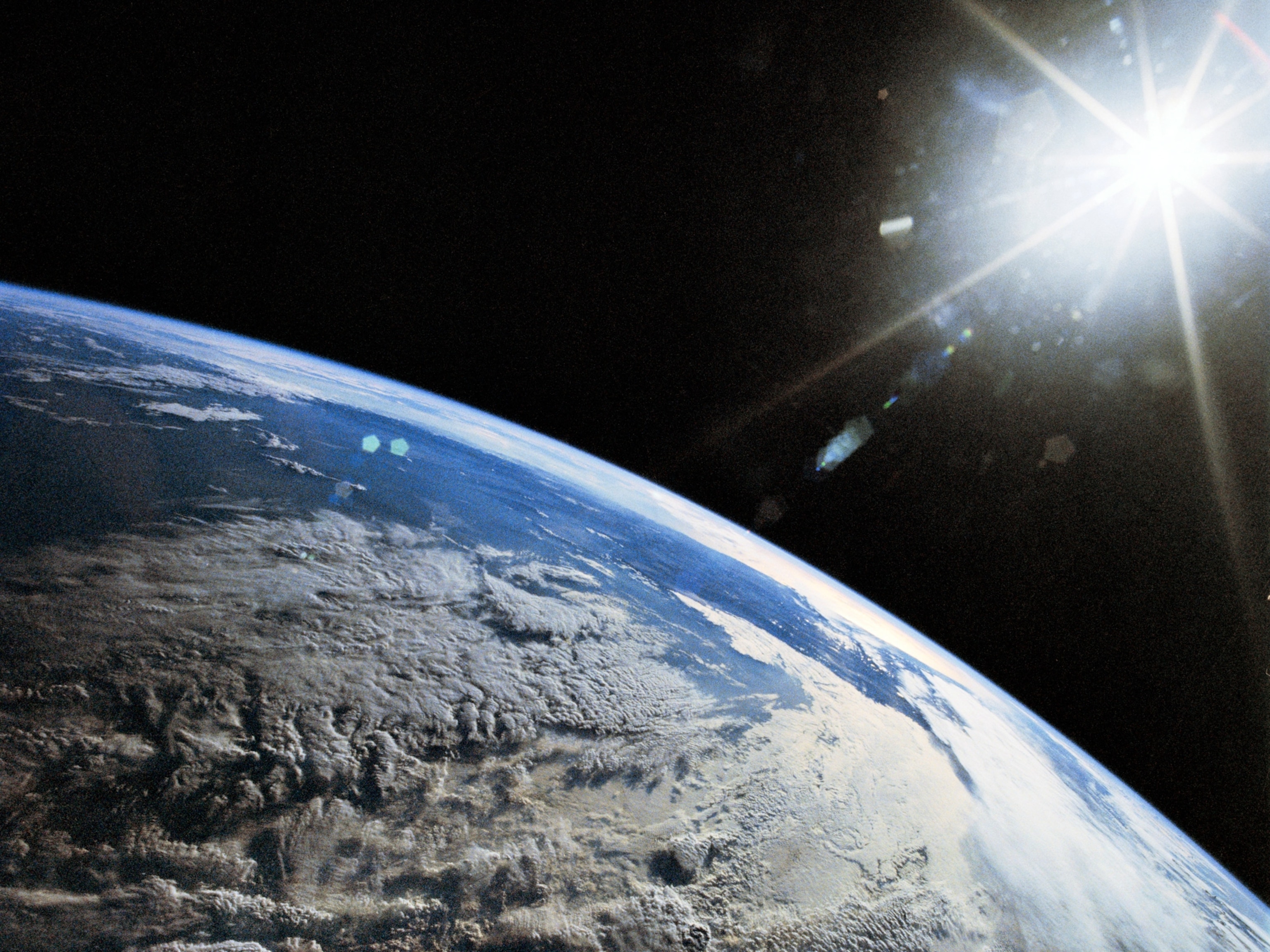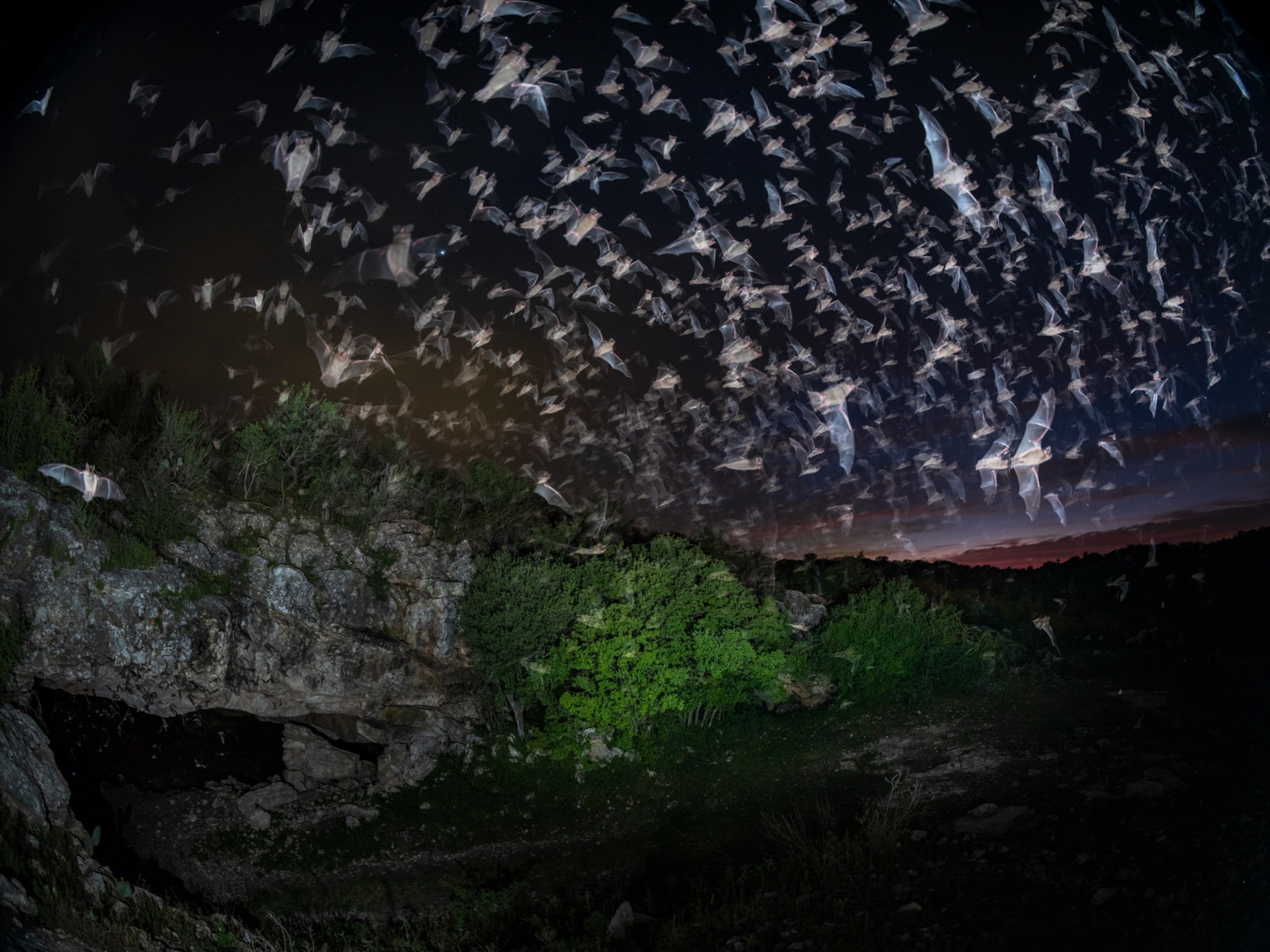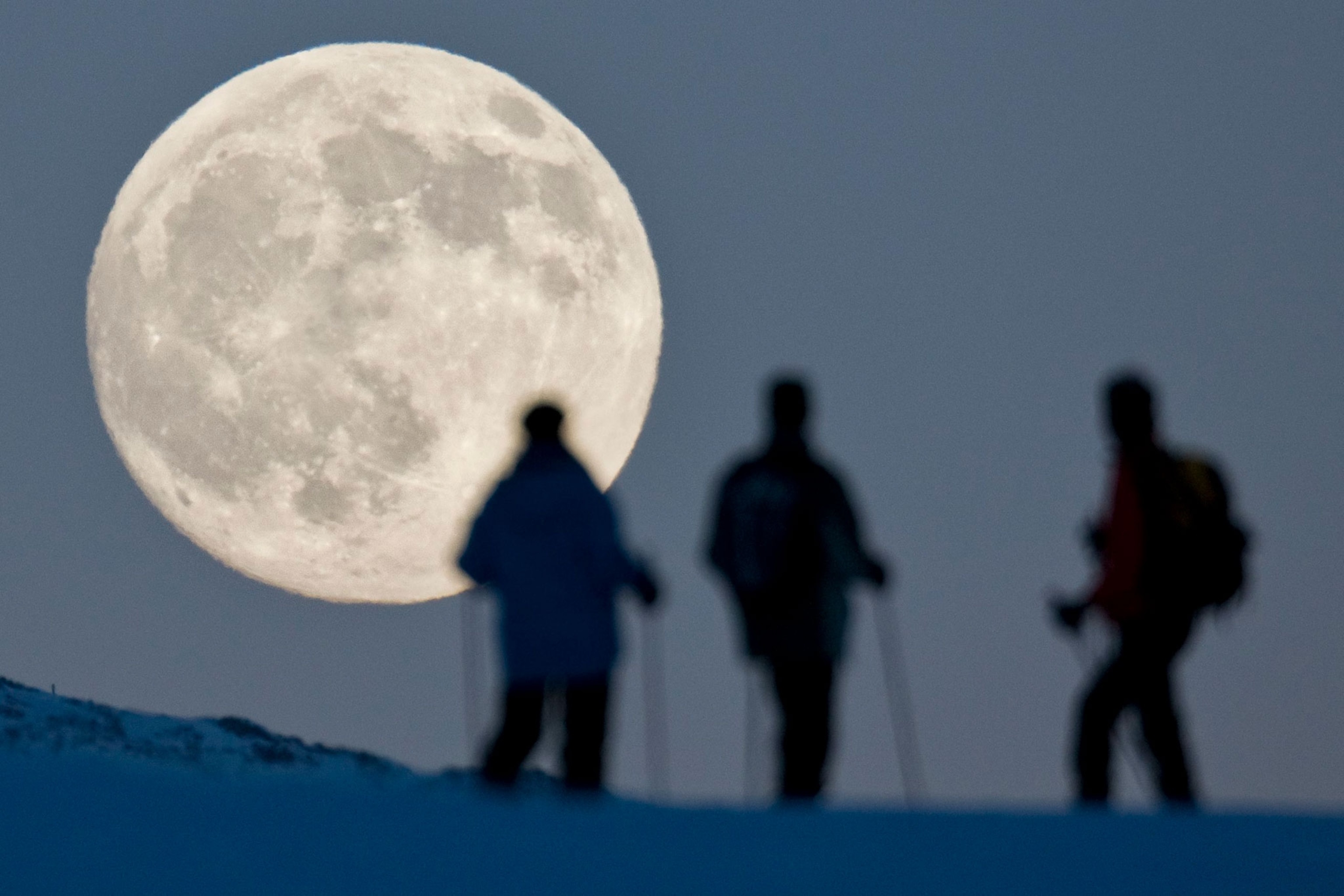
Winter solstice 2019 explained: When and why it happens
Find out how astronomy and meteorology differ on the definition of winter, and how the solstice day is marked around the world.
Shortening days and falling temperatures are heralding the arrival of winter across the Northern Hemisphere.
This year, the northern winter solstice falls on December 21 at 11:19 p.m. ET (04:19 UT). The solstice happens at the same moment around the world, though its local time depends on which of the 24 times zones you call home. And south of the Equator, the December solstice marks the onset of summer.
For people in the north, is the year's shortest day also the official beginning of winter? Why does the solstice occur anyway, and how have people observed it over the ages? Read on for everything you need to know about the December solstice.
Is the solstice the first day of winter?
The reason for the solstice—and the seasons—is that Earth is tilted with respect to the sun at an average of 23.5 degrees. This means the Northern and Southern Hemispheres receive unequal amounts of sunlight over a year as we orbit our star.
Each hemisphere cools down during the part of the year it's tilted away from the sun. The winter solstice (December in the north, June in the south) arrives at the time when that tilt is at its most extreme angle.
This astronomical event appears on calendars as the first day of winter—but meteorologists have already gotten a head start on the season. By the time the solstice rolls around, climate scientists have been observing winter for nearly a month, says Greg Hammer of NOAA's National Centers for Environmental Information.
“Meteorological winter in the Northern Hemisphere is always the months of December, January, and February, because those tend to be the coldest months of the year,” he says. “It's entirely based on the annual temperature cycle, rather than astronomically based.”
Considering sunlight's enormous influence on Earth's climate, why isn't the darkest part of the year also the coldest?
“Basically, it takes a while for water and landmasses to cool down from all the heat they have absorbed” during summer, Hammer says. “So, the minimum of daylight isn't followed by the coldest temperatures until about a month later. It varies from place to place, but around the third week in January tends to have the coldest temperatures of the year for most of the U.S.”
Meteorological winter more closely mirrors our civic calendars and the way most people actually think about the seasons, Hammer adds. “We think of winter being the coldest time and summer being the warmest time, with spring and fall being transitions.”
And for climate scientists, following meteorological winter offers important simplicity: “It just makes it easier in terms of calculating statistics and making comparisons from one season to another,” Hammer says. “The timing of the solstice can vary a bit. This way, we are comparing apples to apples when speaking seasonally, like noting that a certain winter was the coldest on record in a certain area.”
Earliest sunset? Not on the solstice.
Most of us see the year's earliest sunset a week or two before the solstice. That’s because the sun and our human clocks don't keep exactly the same time.
We've organized our days into 24-hour segments, but Earth doesn't spin on its axis that precisely. While the time from noon to noon is always exactly 24 hours, the time varies between solar noons, the moment each day when the sun reaches its highest point in the sky. As we move through the year, the chronological time of solar noon shifts seasonally—and so do each day's sunrises and sunsets.
During December, solar noons can happen some 30 seconds after we would mark a 24-hour cycle. While the shortest amount of total daylight falls on the solstice, that day's sunset is actually a few minutes later on our clocks than it was earlier in the month.
Closer to the Equator, the year's earliest sunset occurs in November. To see it coincide more closely with the solstice, simply head toward the Arctic. Seasonal shifts in the sun's path across the sky are most extreme closer to the Poles, which makes sunset times at high latitudes match the solstice schedule more closely.
Can I see the solstice?
It is possible to see the effects of the solstice by noting what happens in the skies overhead, as well as the changes in sunlight over time.
For viewers in the north, the sun's arc across the sky has been steadily dropping lower and becoming shorter since June. At the northern winter solstice, it reaches its lowest possible arc—so low that in the few days surrounding the solstice, it appears to rise and set in the same place. That phenomenon produced the Latin origins of the word “solstice,” which means “sun stands still.”
The sun's low angle means that your noontime shadow is the longest it will be for the entire year during the winter solstice.
Ancient solstice sites
In the ancient world, people built a number of monuments to commemorate the solstice. One example is Newgrange, a huge Stone Age tomb mound built in the Irish countryside around 3200 B.C., about a thousand years before Stonehenge. A tunnel facing the solstice sunrise runs to a main chamber, where the dead may have once been placed. A small window bathes the chamber in solstice light for 17 minutes
The Paracas people of Peru, who lived around 800 to 100 B.C., crisscrossed the desert with lines of earth and rock called geoglyphs that connect ceremonial mounds with the place where the winter solstice sun sets on the horizon. The famed Nasca Lines—awe-inspiring monkeys, lizards, and other giant figures etched into the earth by a subsequent Peruvian culture around A.D. 1 to 700—also feature alignments with the winter solstice.
Ancient Egypt's sprawling Temple of Karnak was constructed in alignment with the winter solstice at Luxor more than 4,000 years ago. Similar alignments can be seen at Angkor Wat in Cambodia and Machu Picchu in Peru.
Christmas connection
For more than two billion Christians, the solstice has long been overshadowed by Christmas. But to historian David Gwynn of the University of London, the proximity of the two events may not be an accident.
According to Gwynn, one theory holds that Christmas was set on December 25 to replace a Roman holiday, which had roots in the pagan cult of Sol Invictus (“the unconquered sun”).
Other solstice traditions color today's winter holiday celebrations. Scandinavians once celebrated Juul, or Yule, a multiday feast marking the sun god's return. In Britain, Druids observed the solstice by cutting mistletoe.
Some ancient solstice celebrations continue in the present day. Iran's Yalda festival marks the day when Mithra, an angel of light, was thought to have been born. The tradition was adopted into Zoroastrianism and is still observed by staying up late and savoring treats like watermelon and pomegranate.
China's Dōngzhì festival marks the time when winter's darkness begins to give way to light. Families observe this time by enjoying special foods, such as glutinous rice balls known as tang yuan.



